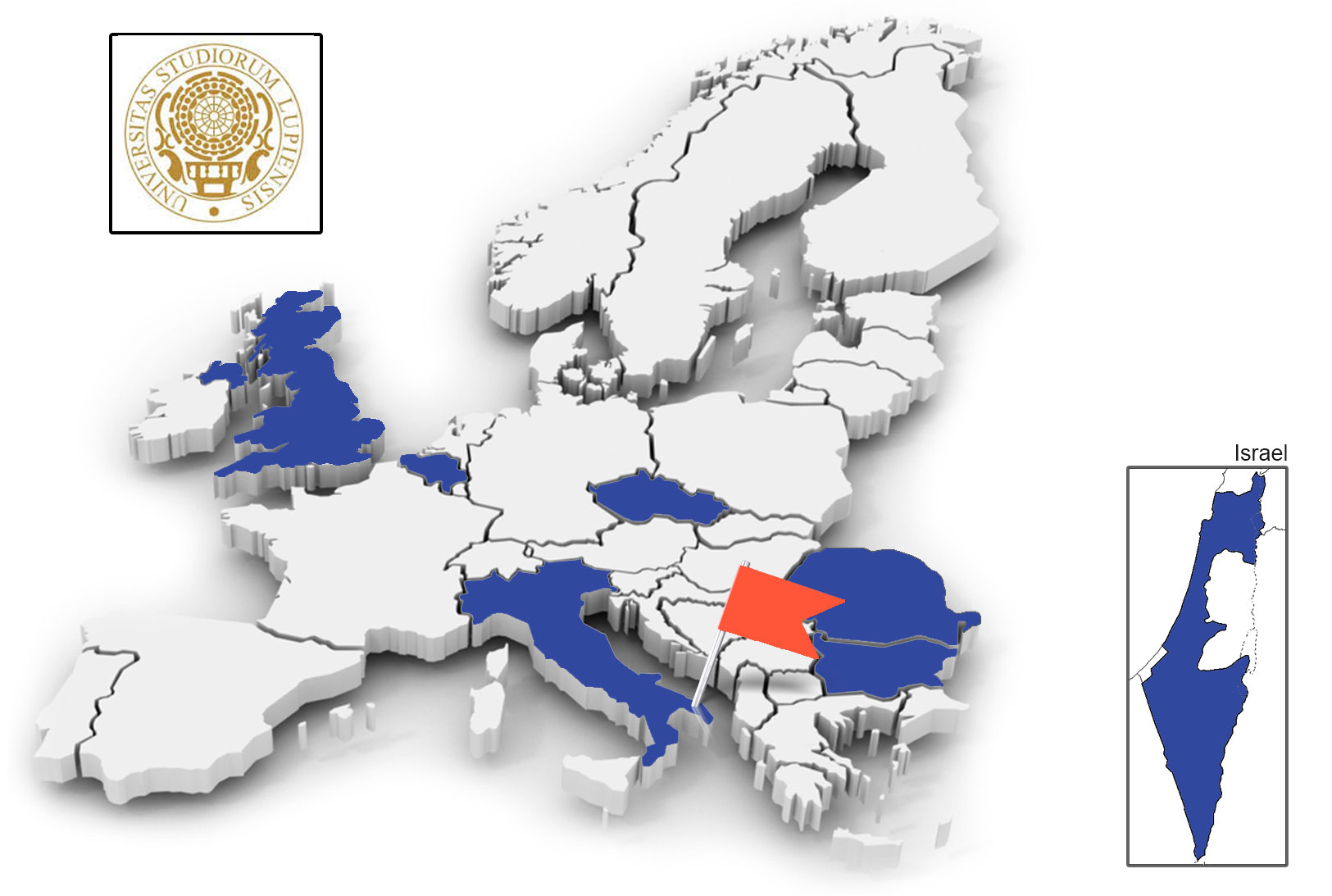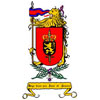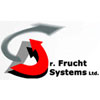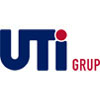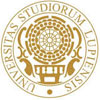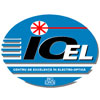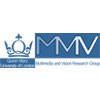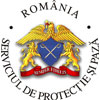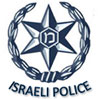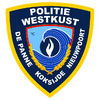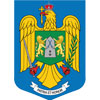University of Salento
The University of Salento is a young dynamic university. Since 1955 it has had the aim of promoting knowledge, skill and merit and has offered a large range of educational opportunities. From law to science, economics to engineering, humanities to media studies, the university provides academic pathways to a range of professions as well as post-graduate and specialist courses tailor made to meet the needs of the workplace. Six Faculties – hubs for the eight Departments – providing services and information for students, as well as thirty-three Research Centres throughout the Salento area. The University of Salento has grown rapidly in recent years, consolidating and reinforcing its role as the keystone of the local cultural and social system. The staff includes academic (340 people), research (311 people) and non-academic staff (513 people), to serve 53 degree programs for 17831 Bachelor- and Master-degree students, 8 postgraduate courses for 336 postgraduate students, and 11 Ph.D. Programs. The University includes 8 Research Departments, 12 Inter-departmental Research Centers, 17 Research Centers. 11 National public research institutions cooperate with UniSalento (CNR, INFN, INFM, etc.). International relations are regarded as an important way for the University to grow. Dialogue in a multiethnic environment is vital to delivering a competitive and rich educational choice at international level. Cooperative relationships between countries represent one of the most important aspects of international relations, not only for particular projects but especially for the fostering of mobility activities. These cultural exchanges provide the basis for improving the quality at home and competitiveness at an international level.
The Dipartimento di Ingegneria dell’Innovazione (Engineering for Innovation) focuses on new technologies and is devoted to promote and to disseminate technology innovation. It is involved in renewable energies, materials science and technology, ICT, bio-applications of materials and ICT, nanotechnologies, manufacturing technologies, robotics, and design and testing in Mechanical and Civil Engineering. Main figures are: 41 professors, 69 researchers, 159 PhD scholarships, 24 research fellows, 32consultants, 53 technical and administrative staff, 36 research Areas, 65 research laboratories, 7 spin-offs. The annual average publication rate during 2002-2010 is 143 research articles in journals and 122 papers in conference proceedings. Many prestigious results and awards have been and are currently obtained by the Department research staff in several research areas. Research activities are supported by European Union (in the FP5, FP6 and FP7 programs), the Italian Ministry for Education University and Research, regional authority, main Italian research centers (ENEA, ASI CNR, INFM, INFN), and private companies. Facilities are on 1500 square meters of laboratories. The Department organizes an average of three international conferences and workshop each year and several national conferences.
The research group in Telecommunications and Statistical Signal Processing of the Dipartimento di Ingegneria dell’Innovazione is engaged in the design and analysis of algorithms for adaptive radar processing and other signal processing applications, including communication receivers for DS/CDMA. It is also active in the field of traffic measurements in IP networks and anomaly detection. Development activities are in the DSP implementation of localization and tracking algorithms through acoustic array and FMCW radars. The research group has experience in specific topics in the area of security, monitoring, detection and tracking. It is part of a long-tradition school in signal processing, in particular for radar/sonar applications. Research activities over years have focused on high-resolution radar clutter modeling, detection of radar signals in Gaussian and non-Gaussian disturbance, oil spill detection from SAR data, track-before-detect algorithms fed by space-time radar data, and localization. Recent topics are in the field of electronic counter-countermeasure strategies against jamming interferers, as well as different applications of tracking methodologies, including localization tasks in multi-sensor networks (from received power and/or time of arrival signals) for both homogeneous and non-homogeneous environments. The groups has been involved in several research projects with international partners. One of them, in particular, was in the context of UAVs. Other projects in the avionic field were carried out together with industrial partners, including Selex ES from the Finmeccanica group. Research collaborations are with the University of Colorado at Boulder, Boulder, CO, USA; the Colorado State University, Fort Collins, CO, USA; ISAE-Supaero (former Ensica), Toulouse, France; the University of Connecticut, Storrs, CT, USA; Forschungszentrum Telekommunikation Wien, Vienna, Austria; Austrian Institute of Technology Vienna, Austria; University of Lubijana, Slovenia. Homepage: https://www.unisalento.it/

